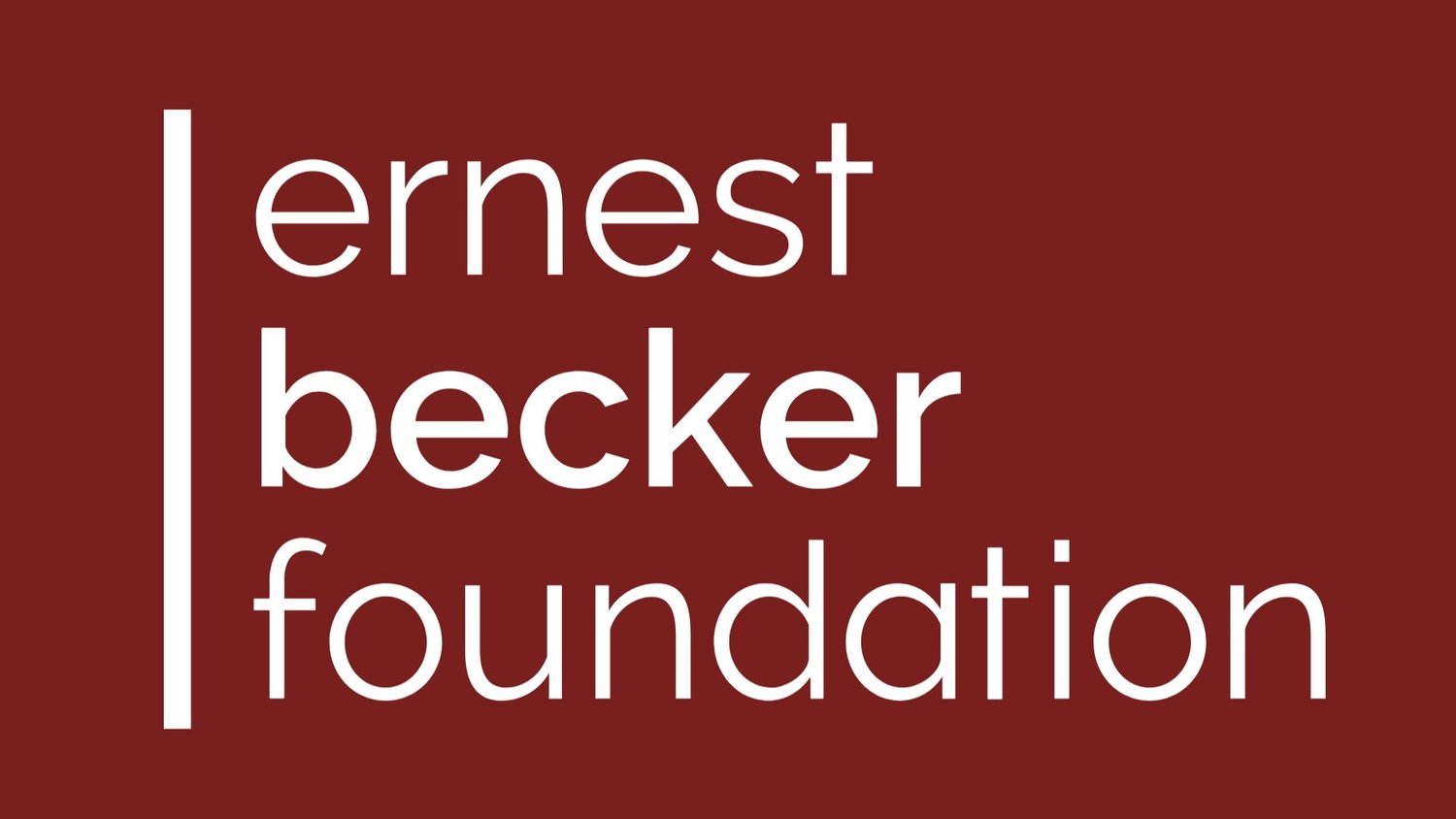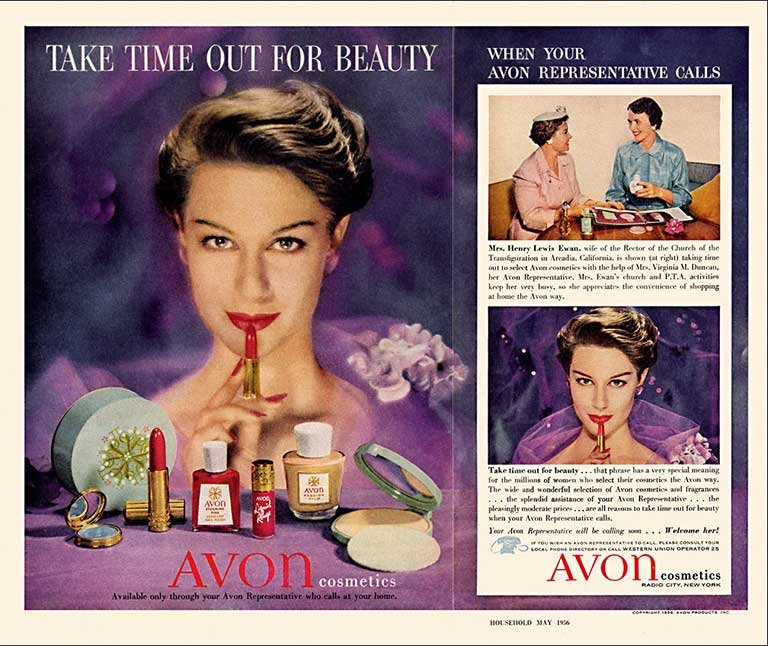Dr. Tomi-Ann Roberts is a Professor at Colorado College. Her research agenda is committed to the investigation of feminism and gender. In her work, she integrates existential and feminist perspectives. She took the time to talk with us about death anxiety, periods, female objectification, and the patriarchy.
Please tell us about your research that involves existential and feminist perspectives.
Many years ago, my colleague Barb Fredrickson and I developed objectification theory, which proposes that there are significant psychological consequences for females who are born and raised in a sexually objectifying culture—one where women’s bodies are used to sell anything from makeup to tires. Many girls and women begin to internalize the objectifying male gaze; they come to “self objectify” and prioritize their looks. This makes sense, as the extent to which a girl or woman is considered physically attractive is associated with much more positive life outcomes for women than it is for men. Physical attractiveness has become a kind of currency that girls and women can trade in. To self-objectify means to think about and value one’s own body from more of a third-person perspective and become preoccupied with one’s physical appearance. This has consequences, such as a lack of an authentic and first person understanding of your body’s physical functions as well as anxiety and depression resulting from a failure to meet cultural standards of beauty. These emotional consequences can compound and manifest as some of the classic mental health risks for girls and women, such as eating disorders, depression, and sexual dysfunction.
From an existential perspective, one of the things that objectification and self-objectification do is drape the physical body in symbolic meaning. Viewing the body as symbolically beautiful is a way in which humans distance themselves from all ways in which the body reminds them of their animal nature and eventual mortality. It is precisely the areas where women’s bodies do uniquely mammalian things that we see the most profound efforts towards symbolic meaning and objectification. For example, when it comes to breasts in Western culture—“cleavage is good; nipples are no-no”—the sexualized and mammalian aspect of women’s breasts are at odds with one another. There are cultural injunctions against breastfeeding in public, yet on prime-time television Victoria’s Secret models wear push up bras to lift their breasts and enhance their cleavage. These models’ breasts are symbolically transformed into objects of sexual desire, while lactating nipples are rejected and judged as indecent. Similarly, you can buy bras that are meant to enhance the heterosexual appeal of women’s breasts everywhere, but you can’t buy a nursing bra at Victoria’s Secret. To buy bras that serve the function of the mammalian breasts, you have to go to the shameful section of J.C Penny’s. There is a cultural rejection of women’s mammalian features in favor of symbolic objectification. For menstruation, there are cultural taboos worldwide. It is ironic, because most of the taboos surrounding menstruation across various religions imply that menstruation is a potentially destructive force, which is odd, given that it is a symbol of life. So I find that it is hard to think about the fact that lactation, childbirth, and menstruation are all about giving life, and yet they are reminders of corporeality, our animal nature and mortality. So women, in being able to give life, have been considered across time and culture as bearers of death.
It is precisely the areas where women’s bodies do uniquely mammalian things that we see the most profound efforts towards symbolic meaning and objectification.
How do these concerns with the physicality of the female body relate to patriarchal culture and values?
It’s not just that women are distancing themselves from bodily functions to decrease death concerns, being considered physically attractive also makes women feel culturally valued and as though they will have access to patriarchal power. In a way, you could say that it always, always goes back to Becker. Objectification and self-objectification operate as both an escape from creatureliness and a way for women to find meaning and value in patriarchal structures. When women self-objectify and put creams and potions on their face to cover their wrinkles, they distance themselves from their corporeality, but also engage in a patriarchal gender structure that values women’s physical appearance. Cultural attitudes and advertisements surrounding menstruation are also a good example of this. Advertisers market menstruation as something that needs to be sanitized, managed, and concealed with products that enable women to maintain their sexual attractiveness despite being on their period. Yes, we can say that by sanitizing a period women are escaping their creaturely nature, and this is true, but it is also the case that adhering to these cultural expectations surrounding sexual attractiveness is justifying patriarchal systems.
How do you think we can decrease the health risks, condemnation, and objectification that women face because of the existential threat associated with women’s natural bodies?
A student and I did a study where we interviewed religious and secular women, including conservative religious women from Islam, Hasidic Judaism, and Hinduism, who practiced codified rituals around menstruation. One of the ironies that we found was that women who practiced such rituals actually reported significantly more positive attitudes towards menstruation than the secular women who don’t practice those rituals. This occurred because the women who practice such rituals find that menstruation gives them a sense of community with other women. If a secular college-aged woman doesn’t tell anyone she has her period, and sneaks off to Walgreens for a tampon, she wouldn’t have the sense that other women are also menstruating and that it ties you to one another. I keep wondering if one of the solutions could be for women to begin to recognize a sort of sisterhood due to our bodily functions. Women previously labored and delivered in their homes with their mothers, grandmothers, sisters, and midwives, but the medicalization of childbirth has removed this. Those sorts of things, such as talking about menstruation, as woman do in Hasidic baths with other menstruating women, are not present anymore because heteronormative sexually objectifying culture compels women to prioritize their attractiveness to men over their sisterhood with women.
Women previously labored and delivered in their homes with their mothers, grandmothers, sisters, and midwives, but the medicalization of childbirth has removed this.
How do you think that an intersectional perspective (considering individuals’ intersecting social identities, such gender and race) can be incorporated into future terror management research on gender relations?
Intersectionality is where we have to go in order to get more nuanced on these claims. We have to start asking questions about how objectification, self-objectification, and Terror Management Theory relevant issues come to the table for different racialized groups. Culturally and anthropologically, there is reason to expect that black women’s bodies are especially sites of creaturely threat. There is a vicious and racist history of dehumanizing black people and comparing them to animals. Today, we hear of all of these examples of African American girls being sent home from school for wearing their natural hair. Why is this? What’s the cultural and social definition of “bad hair?” Hair that is perceived as being untamable, wild and unkempt, apparently so much so that young girls are being sent home from school. Is African American women’s natural hair threatening because of its potential historical and cultural association with creatureliness? I am hoping that someone will test this relationship.




